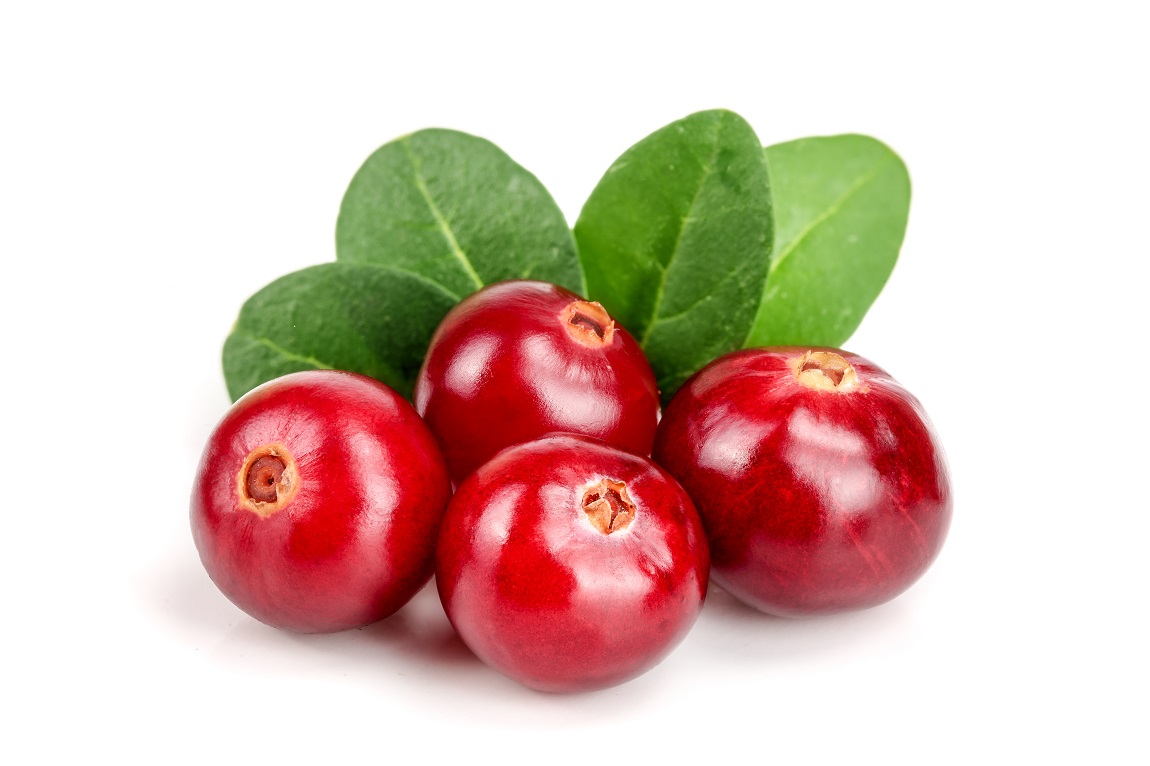The Bay State: Dotted With Cranberry Bogs
Nowhere is the unique and diverse agricultural landscape of the United States more apparent than in Massachusetts. While very much in line with the rest of New England, the footprint of an average farm in the Bay State is quite different from the U.S. average in that it is much smaller. According to the 2017 Census of Agriculture conducted by the U.S. Department of Agriculture (USDA), the average size of a U.S. farm was 441 acres. At the same time, the average size of a Massachusetts farm was 68 acres. From a sales standpoint, the average market value of products sold per farm in Massachusetts is $65,624 versus $190,245 for the U.S. as a whole. This seems to suggest that many farms in Massachusetts are probably secondary sources of income for many of its operators. In fact, of the 7,241 farms in Massachusetts, only 759 (10.5 percent) generated sales above $100,000.
Cranberries provide an informative illustration of Massachusetts’ unique agricultural profile. The specialty crop is easily the most valuable crop produced by the commonwealth’s farmers. The National Agricultural Statistics Service (NASS) at USDA reported that Massachusetts cranberries were valued at nearly $59 million in 2019. The next-closest agricultural commodity by value was hay at $19 million. Historically, Massachusetts was the national leader in cranberry production up until the mid-1990s when Wisconsin’s production surpassed it. Today, together the two states account for 86 percent of the total production of cranberries in the United States or 6.83 million barrels of the U.S. total of 7.92 million barrels. (A barrel of cranberries is the industry standard unit of measure and contains 100 pounds of the fruit.) Other states that produce cranberries include Oregon, New Jersey, and Washington.
As one of the original 13 colonies, Massachusetts has been around a while, at least by U.S. standards. In fact, it celebrates its 233rd birthday this Saturday, February 6. However, its land-grant university was founded in 1863, making the University of Massachusetts-Amherst (UMass) a relative newcomer by New England standards. By comparison, the oldest university in the United States–Harvard University (1636)–was founded more than 200 years before UMass, in 1636. Harvard also happens to be found in the Commonwealth of Massachusetts.
Given its obvious importance to the national cranberry industry, you are probably not surprised at all to learn that UMass is home to a Cranberry Research Station.
The 11-acre station does research on entomology, plant pathology, weed science, pest management, plant nutrition and horticulture and works with commercial cranberry growers. Some projects are biological control of weeds with a fungal disease and flooding to control insects and weeds that damage the fruit. The farm is considered an international leader in integrated pest management for cranberry growers and has developed for distribution ecologically based pest management practices for them.
UMass is also home to the Cold Spring Orchard, which serves as both a research farm and a farmstand where consumers can pick up their preferred apples and grapes.
In addition to a livestock and equine research facility in Hadley, UMass also has the Crop and Animal Research and Education Farm and a turf research facility in South Deerfield. It is at the Crop and Animal Research and Education Farm that the bulk of UMass Vegetable Program activities take place. When variety trials are conducted by UMass Extension, it is usually here. Consistent with the agricultural profile of Massachusetts, the extension staff at the Crop and Animal Research and Education Farm provide growing tips for a significant number of New England vegetable crops.
